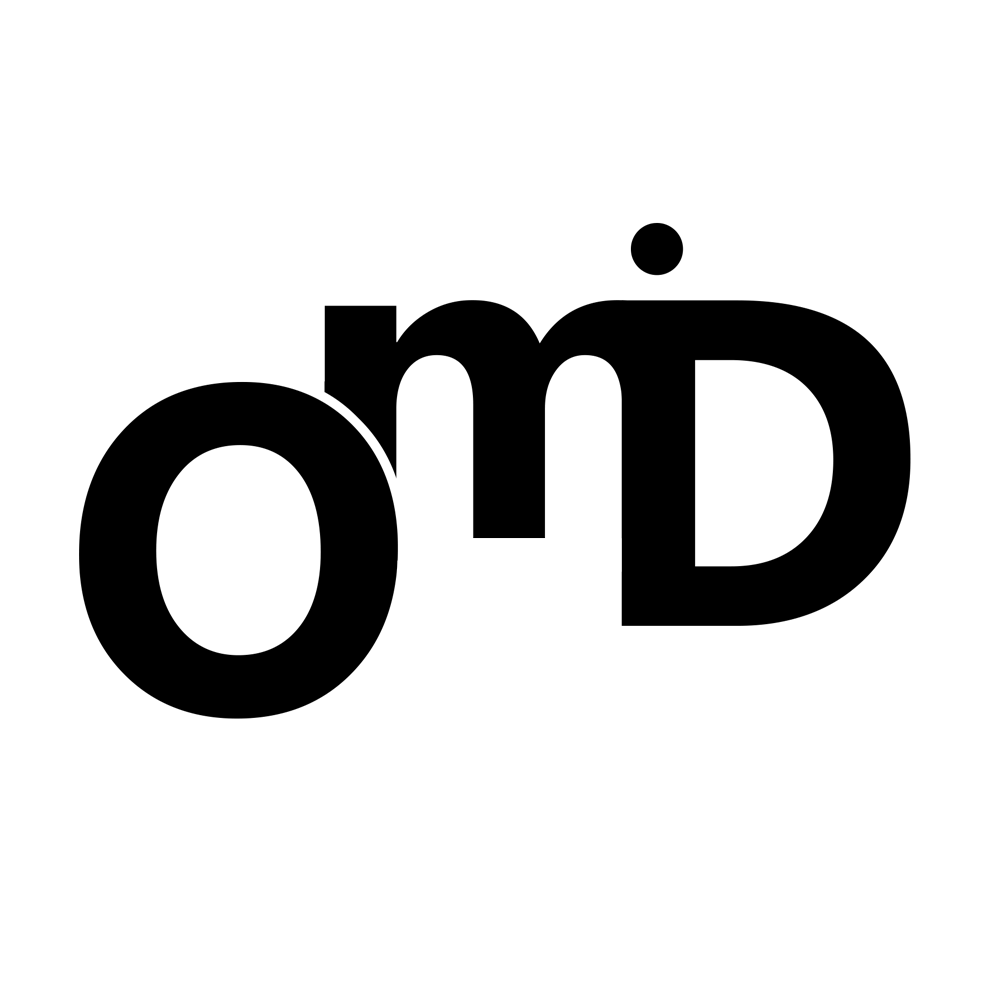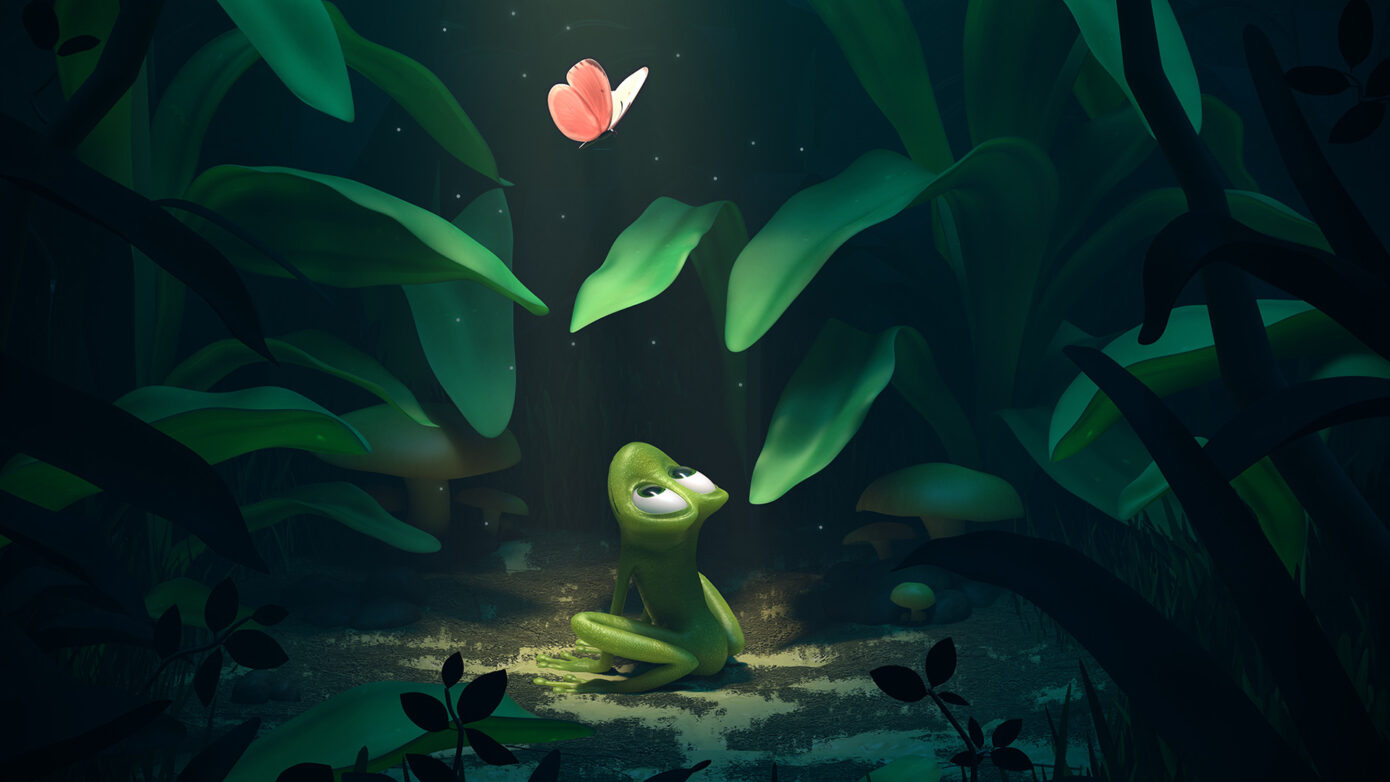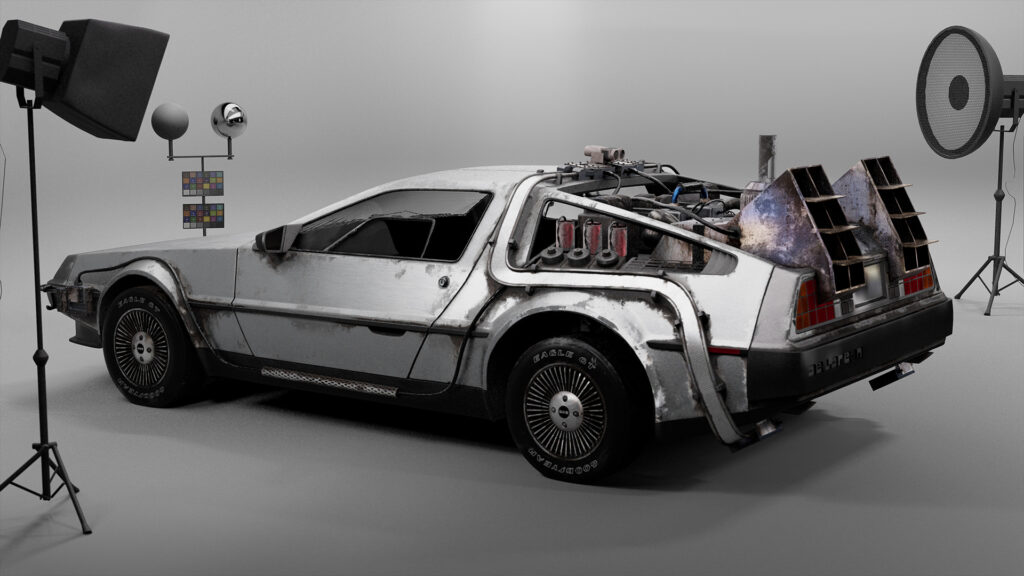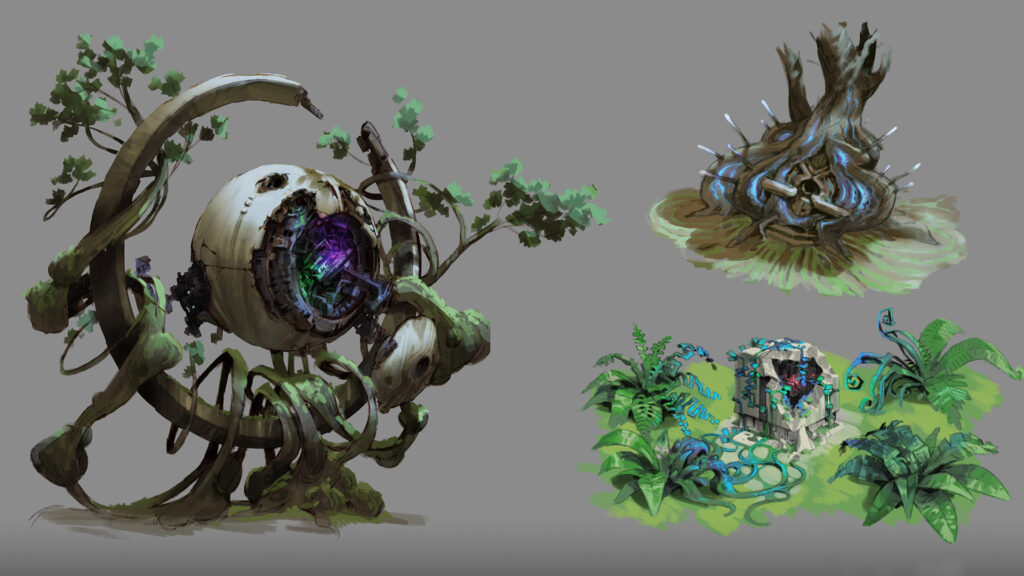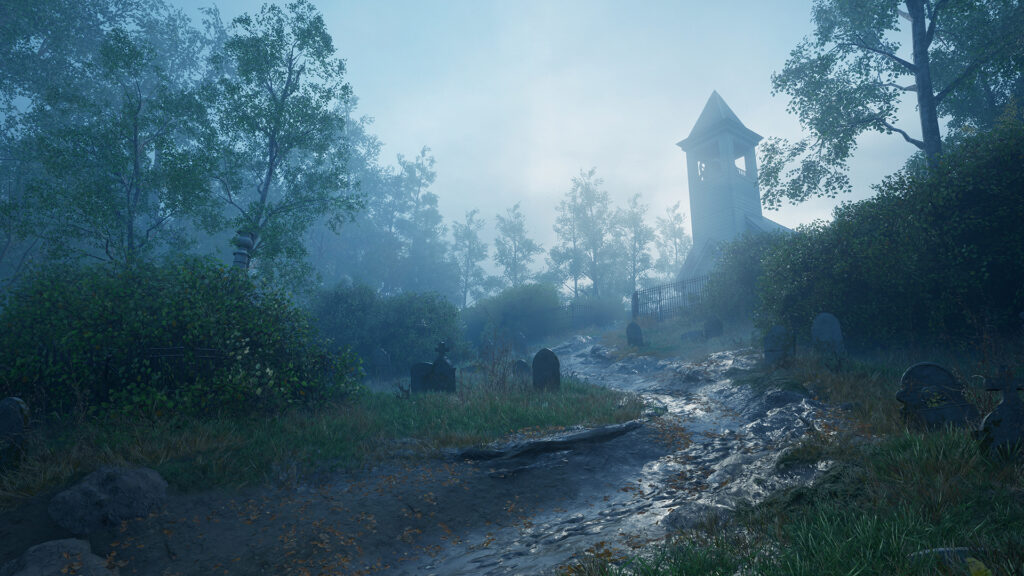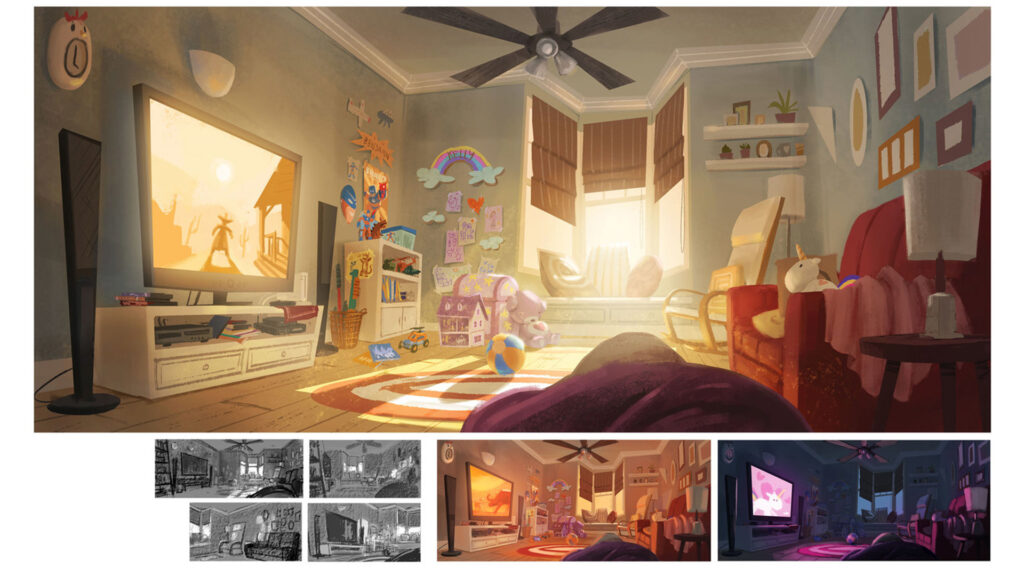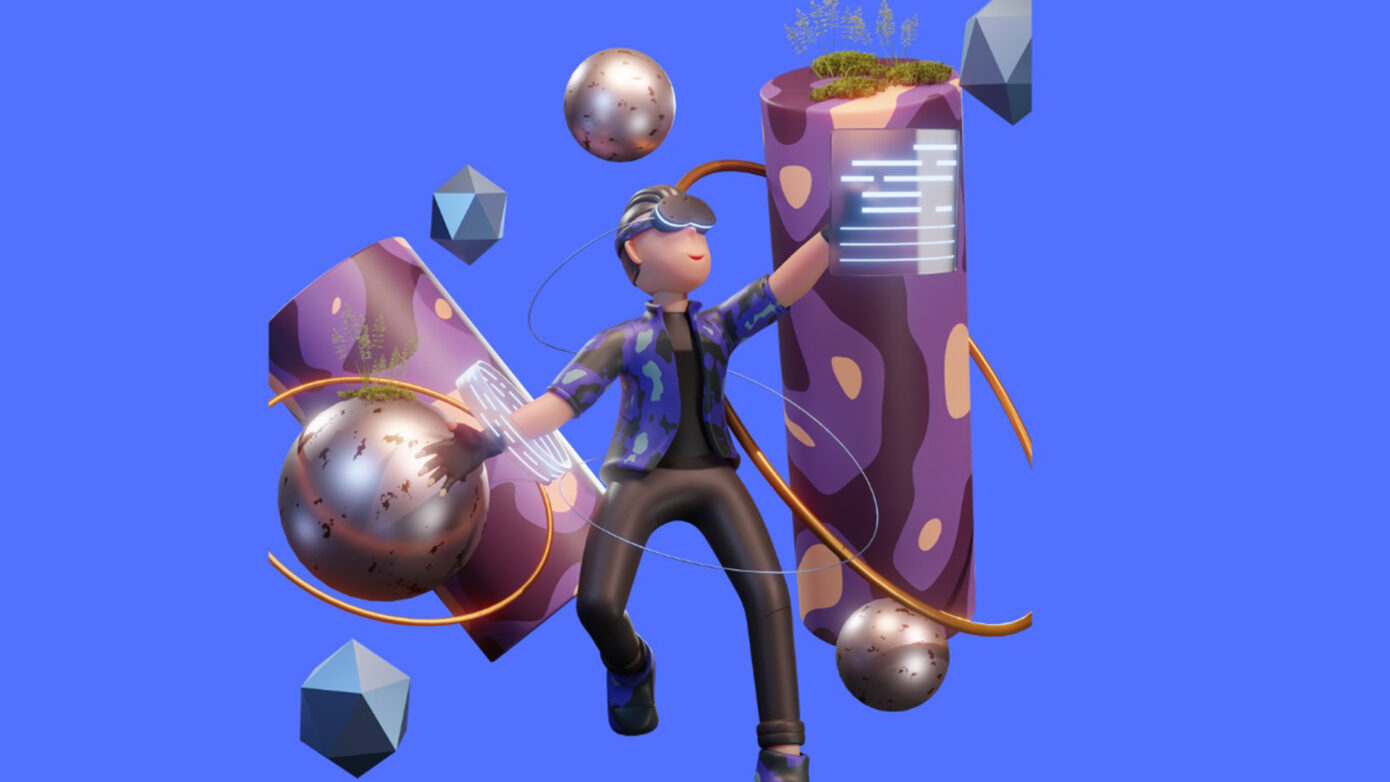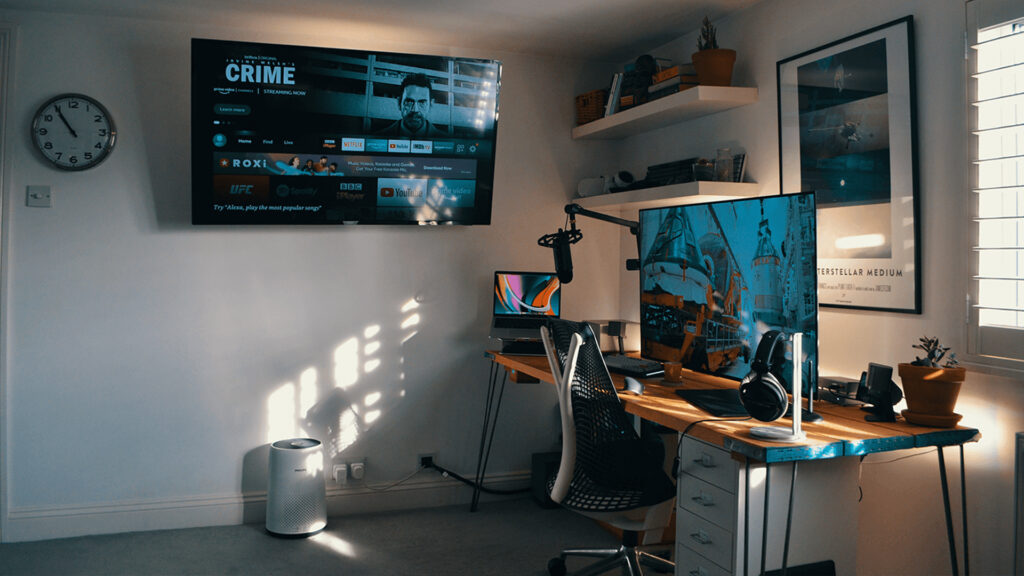How 3D Visualizer Can Help Clients for their Brands?
Summary: 3D visualization is an essential tool for businesses looking to promote their brand and showcase their products or services. In this blog post, we will explore how 3D visualizers can help clients for their brands, including creating stunning visualizations, reducing costs, and improving customer engagement.

Introduction: In today’s competitive marketplace, businesses need to stay ahead of the curve when it comes to promoting their brand and products. 3D visualization is an excellent tool for achieving this goal, as it allows businesses to showcase their products or services in a realistic and engaging way.
How 3D Visualizers Can Help Clients:
1. Creating Stunning Visualizations: 3D visualizers are skilled in creating stunning and realistic visualizations of products or services. These visualizations can be used for marketing materials, websites, or social media, giving clients an edge over their competitors.
2. Reducing Costs: 3D visualization can also help clients save money in the long run by reducing the need for expensive physical prototypes or mockups. With 3D visualization, businesses can quickly and easily create virtual models of their products or services, saving time and money on production costs.
3. Improving Customer Engagement: 3D visualization can also help businesses improve customer engagement by providing an interactive and immersive experience. Customers can explore and interact with products in a virtual environment, allowing them to make informed decisions and build trust in the brand.
Best Practices:
When working with a 3D visualizer, it’s essential to communicate clearly and effectively about your brand and products. Provide as much information and reference material as possible to help the visualizer create a realistic and accurate representation of your product or service.
It’s also important to work with a visualizer who has experience in your industry or niche. This will ensure that they understand the unique characteristics and features of your product or service and can create a visualization that accurately represents your brand.

Conclusion: 3D visualization is a powerful tool for businesses looking to promote their brand and products. By working with a skilled 3D visualizer, businesses can create stunning visualizations, reduce costs, and improve customer engagement. With the right approach and best practices, businesses can achieve their marketing goals and stand out in the competitive marketplace.
References: "The Power of 3D Visualization for Marketing" by Kevin Steffey "How 3D Visualization Can Improve Product Design" by Chris Wilkes "5 Ways 3D Visualization Can Help Your Business" by Andrew Knight "The Importance of Working with a 3D Visualizer" by Jamie Gersbacher "Using 3D Visualization for Branding and Marketing" by Stephanie Santoso
Last Posts
- How 3D Visualizer Can Help Clients for their Brands?
- What Skills and Knowledge Do You Need to Be a Look Dev Artist?
- Everything About Light and Color in Look Development in 3D Visualization
- How Experience and Knowledge are Important for 3D Artists?
- Getting Realistic 3D Rendering: Tips and Techniques


